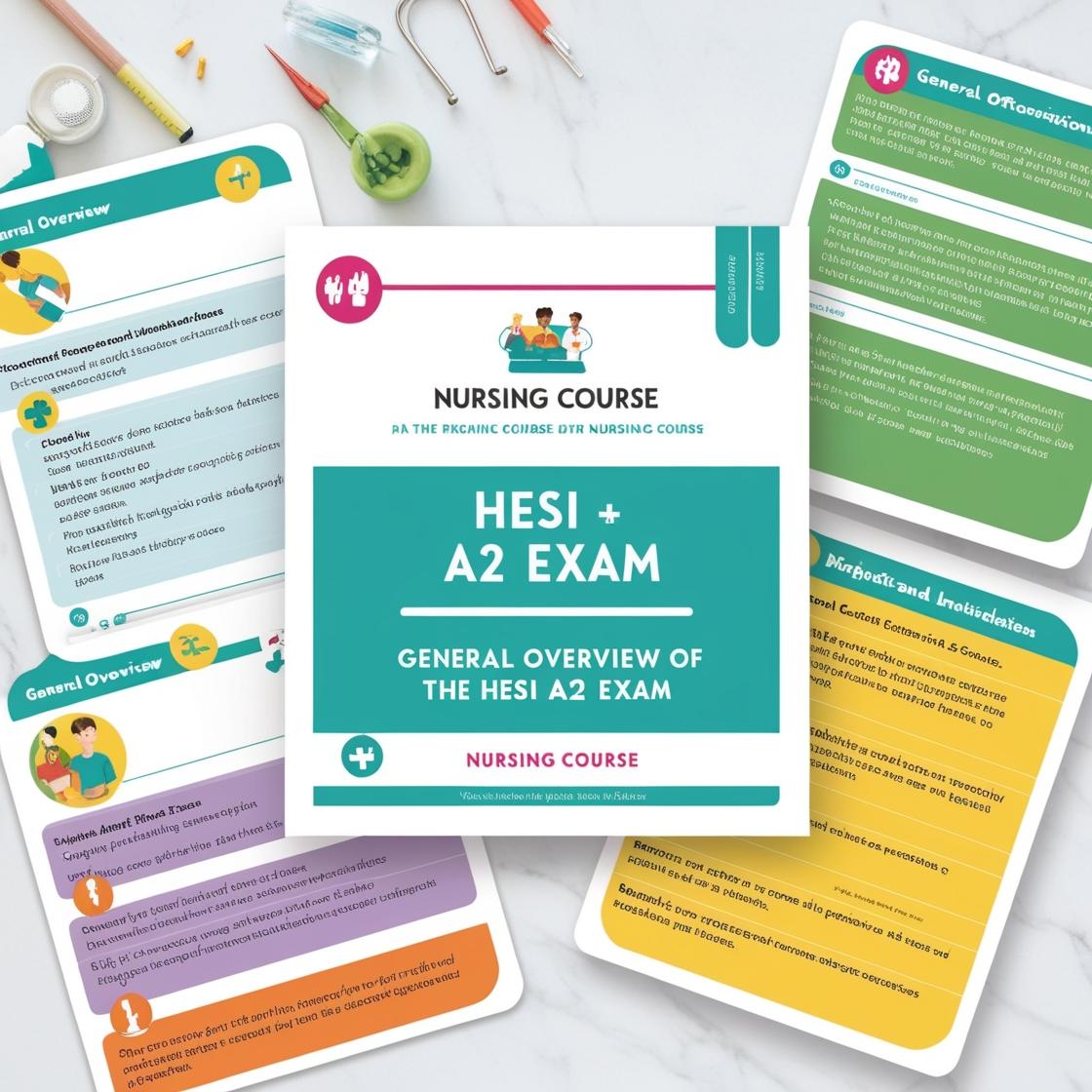HESI A2
HESI A2 Reading Comprehension V1 2024
1. Which sound waves have a higher pitch?
- A. Those waves that are closer together
- B. Those waves that are farther apart
- C. Those waves that travel a long distance
- D. Those waves that travel a short distance
Correct answer: A
Rationale: Sound waves that are closer together have a higher pitch. This is explained by the Doppler Effect, where as a source of sound moves closer to an observer, the waves are compressed, resulting in a higher frequency and a higher pitch. Conversely, when the source moves away, the waves are stretched, leading to a lower frequency and a lower pitch. Therefore, choice A is correct. Choices B, C, and D are incorrect as they do not accurately describe the relationship between sound wave frequency and pitch.
2. What was the author’s primary purpose for writing this essay?
- A. To persuade the reader to conserve water
- B. To persuade the reader that runoff is not the best way to collect water
- C. To analyze different types of runoff
- D. To inform the reader about the stages of the water cycle
Correct answer: D
Rationale: The correct answer is D. The author's primary purpose for writing the essay is to inform the reader about the stages of the water cycle. The essay discusses the various stages of the water cycle, including precipitation, runoff, evaporation, and condensation. Choices A, B, and C are incorrect because the essay focuses on explaining the water cycle stages rather than persuading the reader to conserve water, discussing the effectiveness of runoff, or analyzing different types of runoff.
3. What is a major difference in the way baroreceptors and chemoreceptors work from the way the kidneys work?
- A. Baroreceptors and chemoreceptors send impulses from the arteries, while the kidneys control blood volume.
- B. Baroreceptors and chemoreceptors both work to help maintain blood volume, whereas the kidneys take care of salts, water, and waste removal.
- C. Baroreceptors and chemoreceptors must work together to control blood pressure, whereas the kidneys work with the adrenal cortex.
- D. Baroreceptors and chemoreceptors are both located near the adrenal cortex, whereas the kidneys are located near the heart.
Correct answer: A
Rationale: The correct answer is A. Baroreceptors and chemoreceptors send impulses from the arteries, while the kidneys control blood volume. Baroreceptors and chemoreceptors are responsible for monitoring blood pressure by sensing changes in pressure, oxygen levels, carbon dioxide levels, and pH within the arteries. They send out impulses to raise or lower blood pressure accordingly. On the other hand, the kidneys play a crucial role in regulating blood volume by absorbing salts and water and removing waste products. This key difference highlights that while baroreceptors and chemoreceptors are involved in monitoring and regulating blood pressure, the kidneys primarily focus on controlling blood volume. Choice B is incorrect because it inaccurately states that baroreceptors and chemoreceptors help maintain blood volume, which is not their primary function. Choice C is incorrect as it provides an inaccurate comparison between the roles of baroreceptors, chemoreceptors, and the kidneys. Choice D is incorrect as it wrongly associates the location of baroreceptors and chemoreceptors with the adrenal cortex, which is not accurate.
4. What is the meaning of the word 'phenomenon' in the second paragraph?
- A. Something that is lifeless to the senses
- B. Something that is nonchalant
- C. Something that is significant but unusual
- D. Something that is chemical in origin
Correct answer: C
Rationale: In the context of the second paragraph, 'phenomenon' refers to something significant and unusual, specifically describing the scientific phenomenon known as the Doppler Effect. This effect explains the change in frequency of sound waves when a source of sound and the observer are in relative motion. Choices A, B, and D are incorrect because they do not accurately reflect the meaning of 'phenomenon' in this context. 'Lifeless to the senses,' 'nonchalant,' and 'chemical in origin' do not align with the description of the Doppler Effect, which is a notable and uncommon scientific occurrence.
5. What is the meaning of the word 'enlist' as it is used in the second paragraph?
- A. call into service
- B. write down
- C. send away
- D. put across
Correct answer: A
Rationale: In the context of the immune system, 'enlist' means to call into service. Immune cells recruit other cells to fight infection by producing chemicals that regulate their growth, behavior, and direct new recruits to trouble spots. This process is essential for the immune system's defense mechanism. The other choices are incorrect: 'write down' and 'put across' do not capture the action of mobilizing immune cells, and 'send away' is opposite in meaning to what is happening in the immune response.
Similar Questions

Access More Features
HESI A2 Basic
$49/ 30 days
- 3,000 Questions with answers
- 30 days access @ $49
HESI A2 Premium
$99/ 90 days
- Actual HESI A 2 Questions
- 3,000 questions with answers
- 90 days access @ $99
